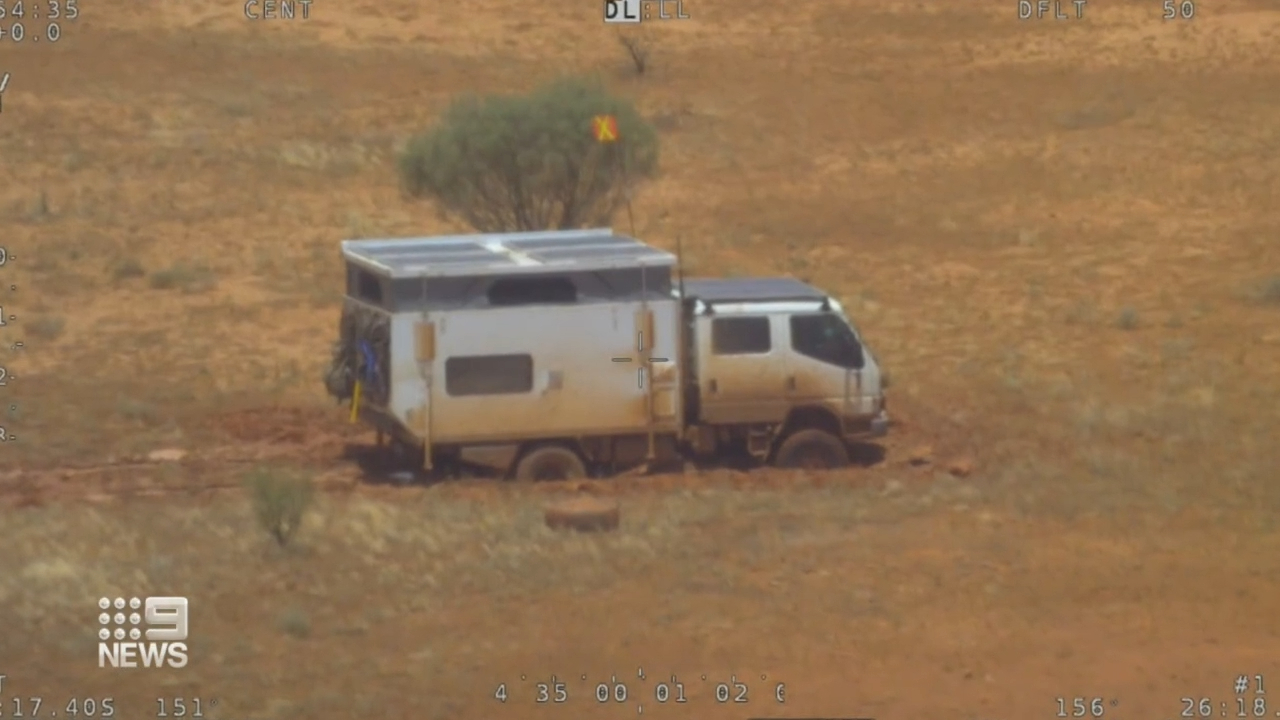Assess the Injury

The first step in deciding whether to evacuate or wait for rescue is to assess the injury. How bad is the break? Is your partner in excruciating pain, or are they able to tolerate it? Can they move on their own, or do they need help? If the injury is severe, such as an open fracture, it's best to wait for rescue. Moving the injured person could cause further damage.
Consider Your Resources
Next, think about your resources. Do you have a first-aid kit? Do you have a way to call for help? If you're on a popular trail, there may be other hikers who can help. If you're hiking in a remote area, you may need to rely on your own resources. If you don't have a first-aid kit or a way to call for help, it's best to wait for rescue.
Evaluate Your Skills
You also need to evaluate your skills. Do you know how to splint a broken leg? Do you know how to use a map and compass to navigate to safety? If you don't have the necessary skills to evacuate your partner safely, it's best to wait for rescue. Don't put yourself or your partner at risk by attempting something you're not prepared for.
Consider the Weather and Terrain
The weather and terrain also play a role in deciding whether to evacuate or wait for rescue. If the weather is bad, such as heavy rain or snow, it may be best to wait for rescue. The same goes for difficult terrain, such as steep cliffs or dense forests. If the terrain is too challenging, it may be best to wait for rescue.
Make a Plan
If you decide to evacuate your partner, make a plan. Determine the best route to safety and the safest way to move your partner. Make sure you have the necessary equipment, such as a splint and a way to carry your partner. If you're unsure of the best way to evacuate your partner, wait for rescue.
Conclusion
When someone is injured on the trail, it can be a difficult decision whether to wait for rescue or evacuate them yourself. Assess the injury, consider your resources and skills, evaluate the weather and terrain, and make a plan before making your decision. Remember, safety should always come first. With these tips in mind, you'll be better prepared to handle a broken leg or any other injury on the trail.